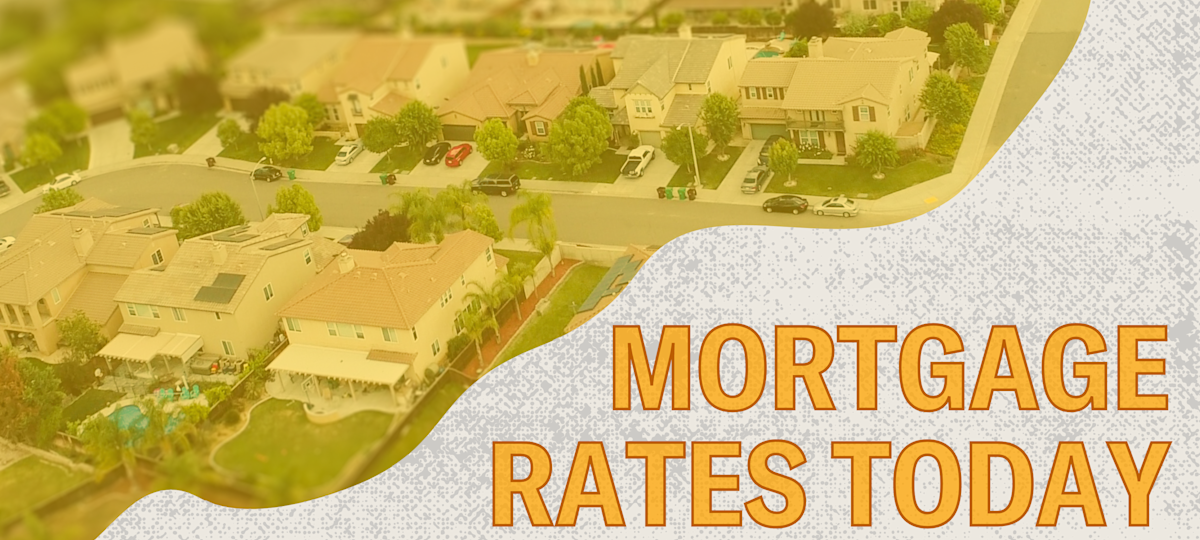Refinance terms mirror the decline
Refinancing costs continue to run slightly above purchase loans but are easing in tandem. Zillow places the average 30-year refinance rate at 6.18%, with the 15-year option at 5.42%. Five-year ARMs intended for refinancing came in at 6.37%, while the 7/1 ARM notched 6.34%.
Jeff DerGurahian, chief investment officer and head economist at loanDepot, said the spread between 30-year mortgage rates and comparable Treasury maturities is now the narrowest since September 2024. “Expectations that the Federal Reserve will slow or end its balance-sheet runoff, together with regulatory changes that may boost bank demand, could help extend this favorable trend for mortgages,” he noted.
Treasury yields set the tone
The recent drop in consumer borrowing costs follows a sharp decline in government bond yields. Over the past week, the 10-year Treasury note—widely used as a benchmark for fixed-rate mortgages—fell a quarter of a percentage point. Mortgage rates, which historically move in the same direction as long-term Treasuries, have reacted even more aggressively.
Market sentiment is also shaped by heightened expectations that the Federal Open Market Committee will trim the federal funds rate at its meeting next week. According to the CME FedWatch Tool, futures contracts on Tuesday implied an 89 percent probability of a policy cut. The Fed’s decisions and statements can be reviewed directly on its official monetary-policy page, a primary reference for investors.
Cost comparison: 15-year vs. 30-year loans
A shorter term typically carries a lower interest rate but requires higher monthly payments. A borrower financing $400,000 at today’s average 30-year fixed rate of 6.12 percent would pay about $2,429 in principal and interest each month and accrue roughly $474,494 in total interest over the life of the loan.
Switching to a 15-year term at the prevailing 5.34 percent rate raises the monthly payment to roughly $3,234 but cuts total interest to about $182,205. Homeowners who want flexibility sometimes choose a 30-year mortgage and make additional, optional payments to shorten the payoff period.
Fixed or adjustable?
Fixed-rate loans lock in borrowing costs for the entire term, insulating borrowers from rate increases but ruling out automatic reductions if market rates fall. Adjustable-rate mortgages guarantee an initial fixed period—seven years for a 7/1 ARM, for example—after which the rate resets annually. Historically, ARMs have started lower than comparable fixed loans, but the spread has narrowed or even inverted in 2025, reducing their appeal.
Outlook through 2025
Most economists do not foresee dramatic drops in mortgage rates before year-end. Following three separate cuts to the federal funds rate in late 2024, long-term mortgage costs rose or plateaued in early 2025. Analysts now expect moderate movements tied largely to inflation data, Treasury supply and demand, and the Fed’s approach to quantitative tightening.
Should the Fed lower short-term rates next week, mortgage rates might ease further—but observers caution that other forces, including inflation expectations and global capital flows, could limit the impact.
Tools for prospective borrowers
A mortgage calculator can illustrate how different terms, down-payment levels, and insurance costs shape monthly obligations. Those considering a refinance can compare the break-even point—the time it takes for interest savings to exceed closing costs—against how long they plan to hold the property.
Staying informed about daily rate movements helps buyers lock in favorable terms. For continuous coverage of lending trends, readers can consult our Finance News Update section, which tracks shifts in housing finance, the broader economy, and consumer banking.
Finance News Update
Image credit: Zillow



